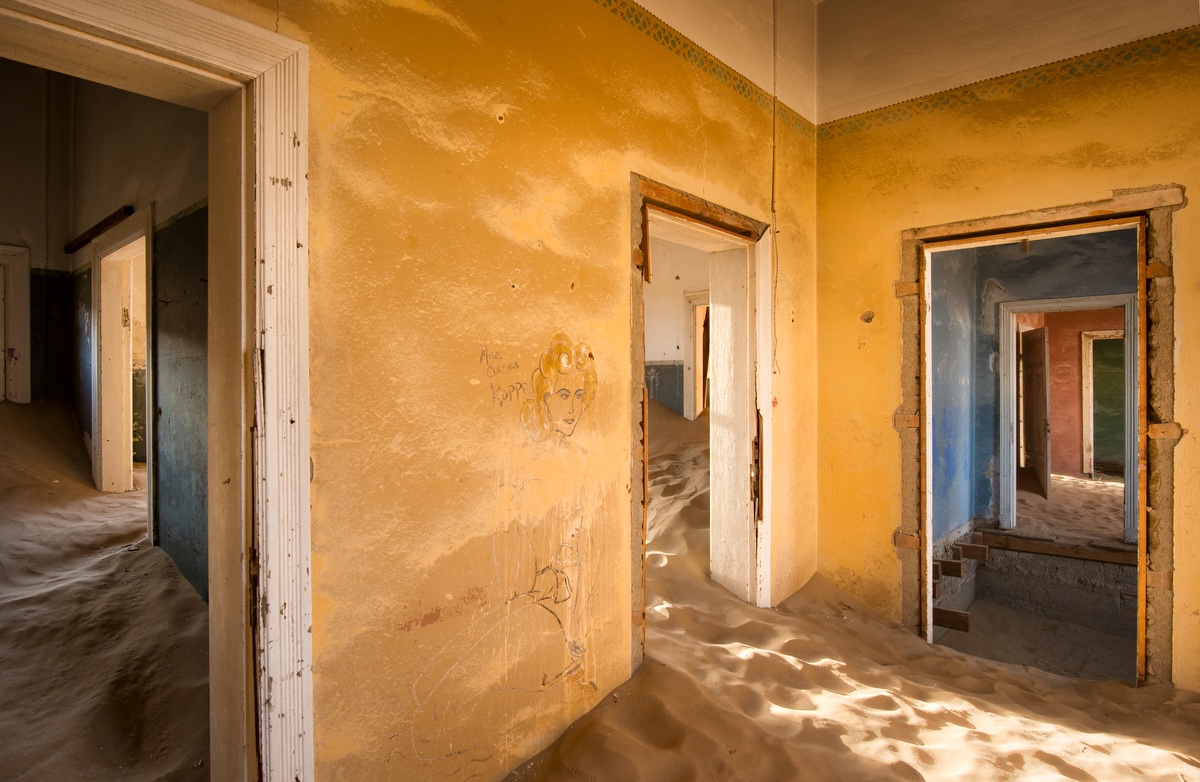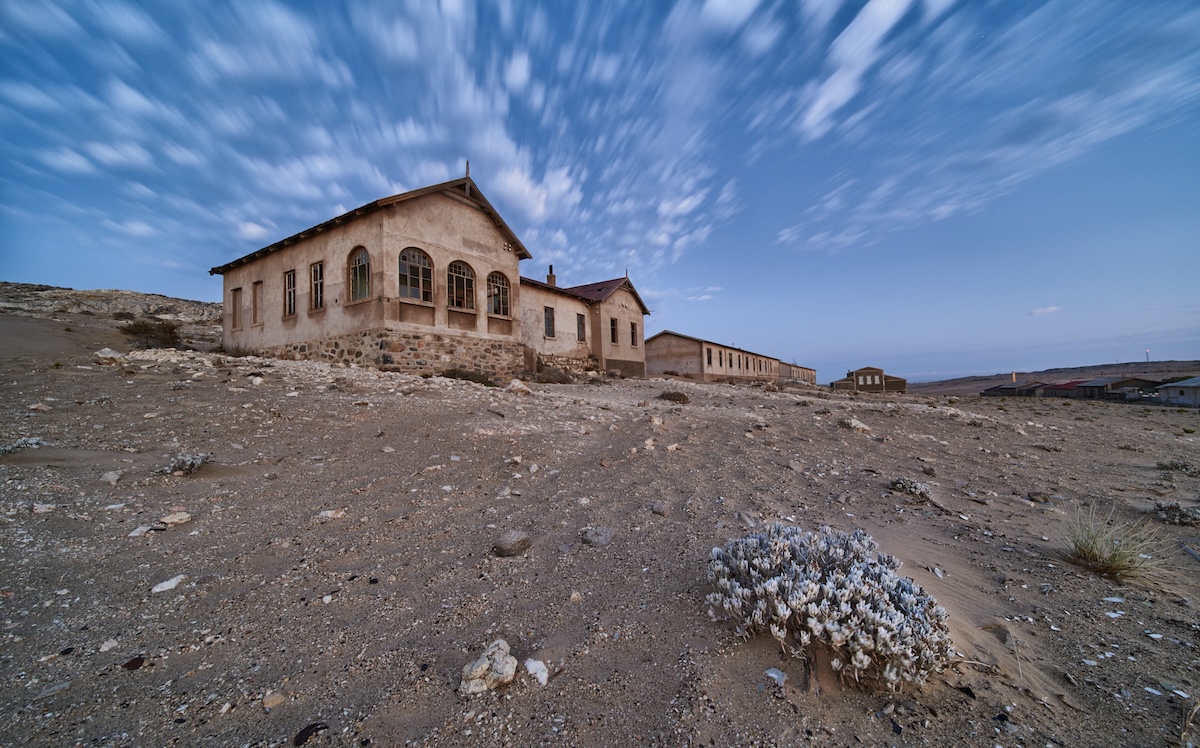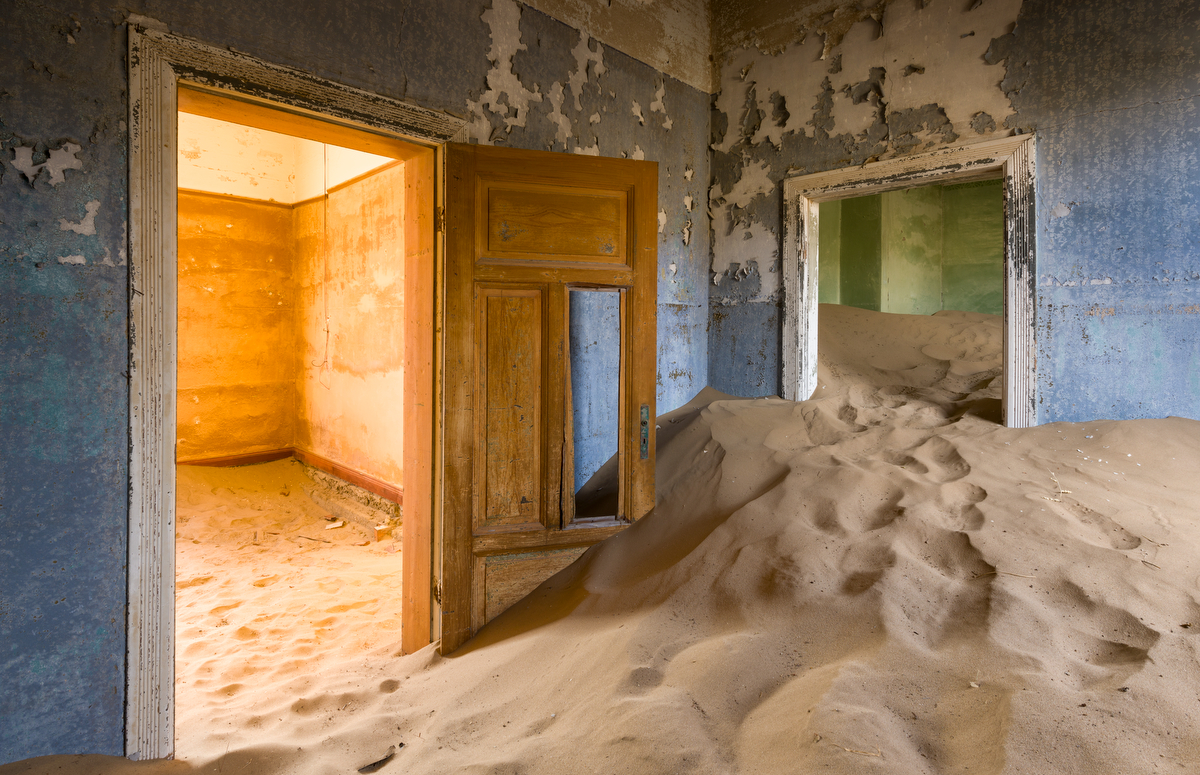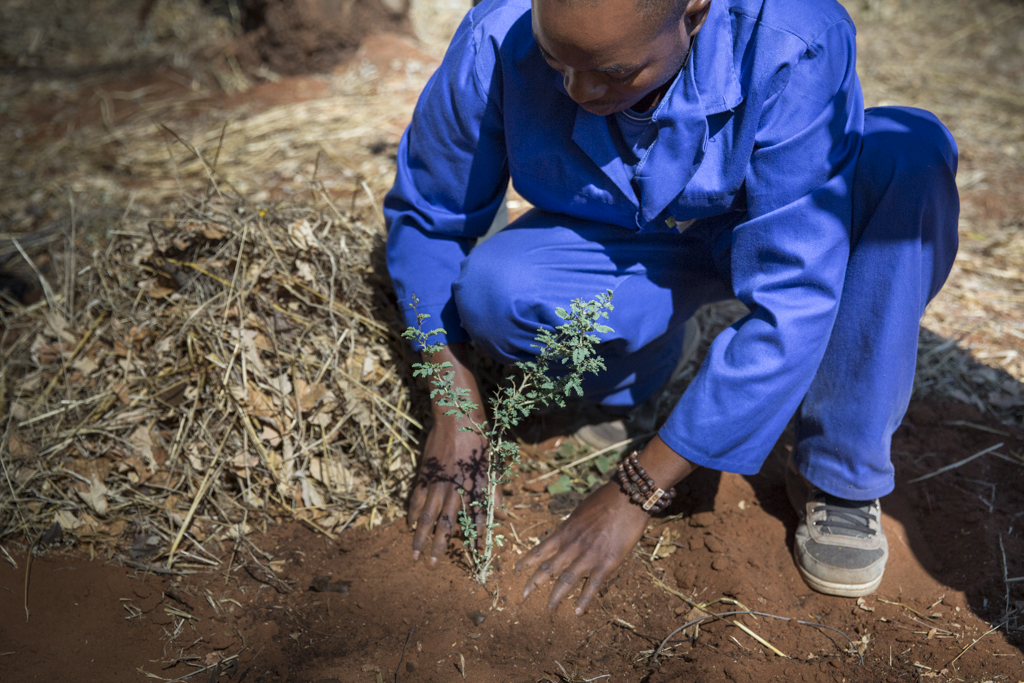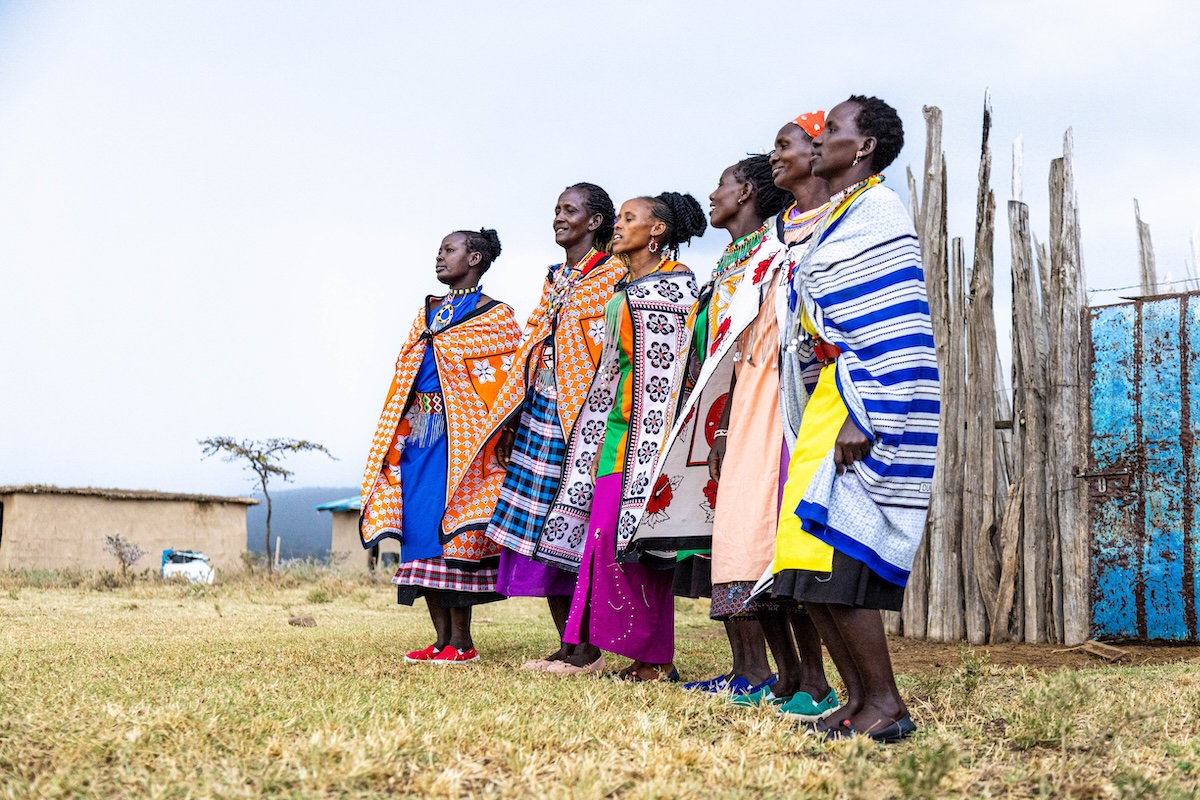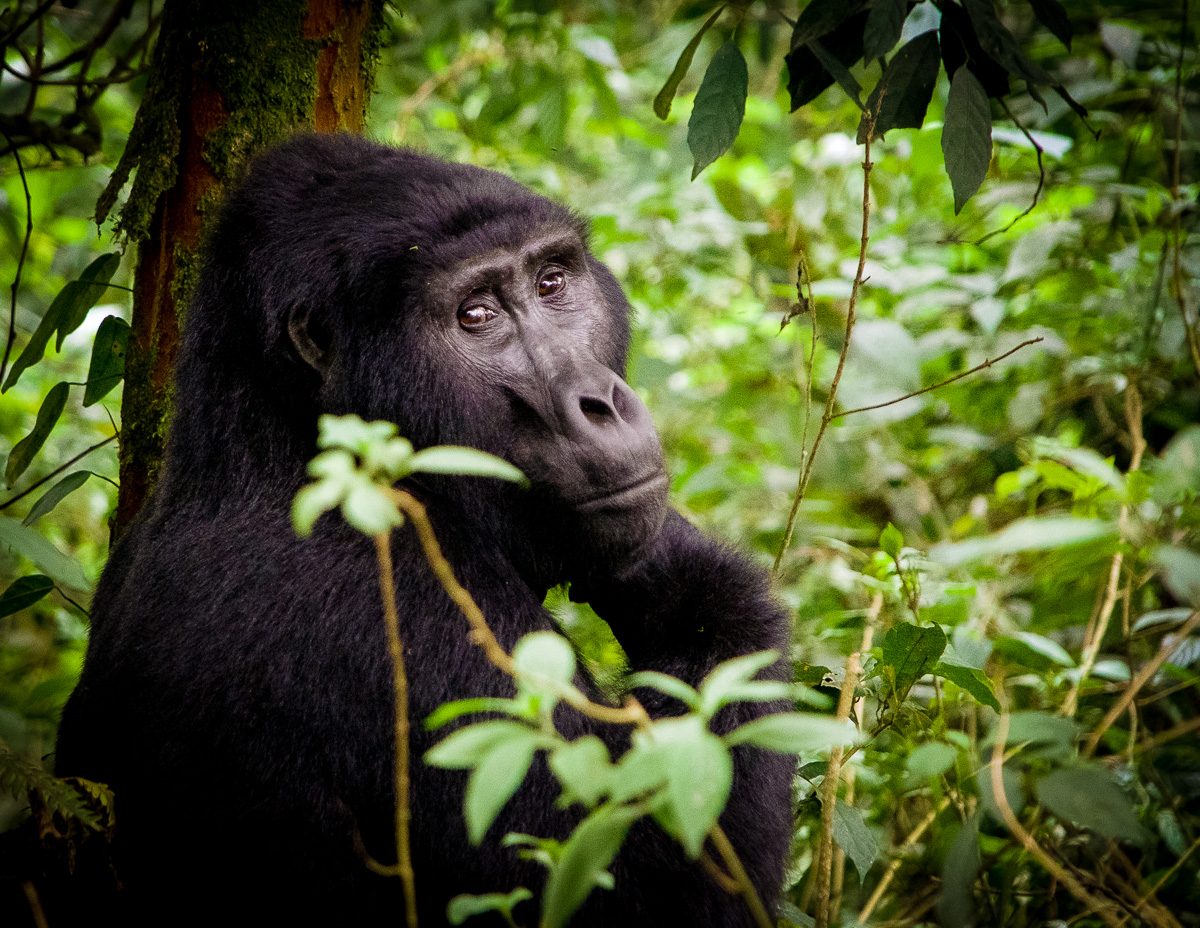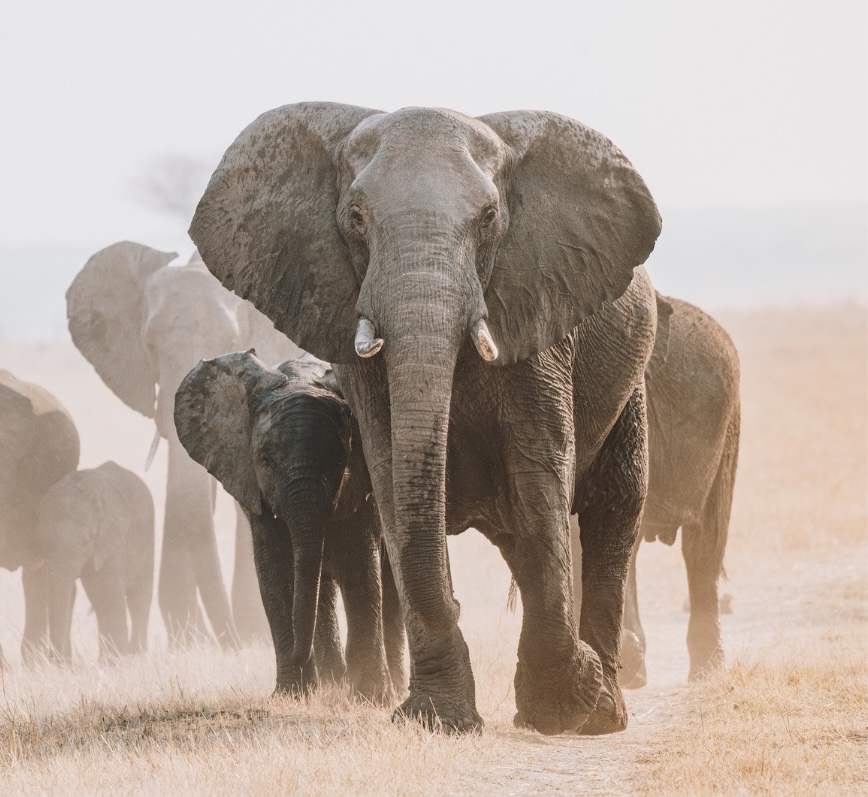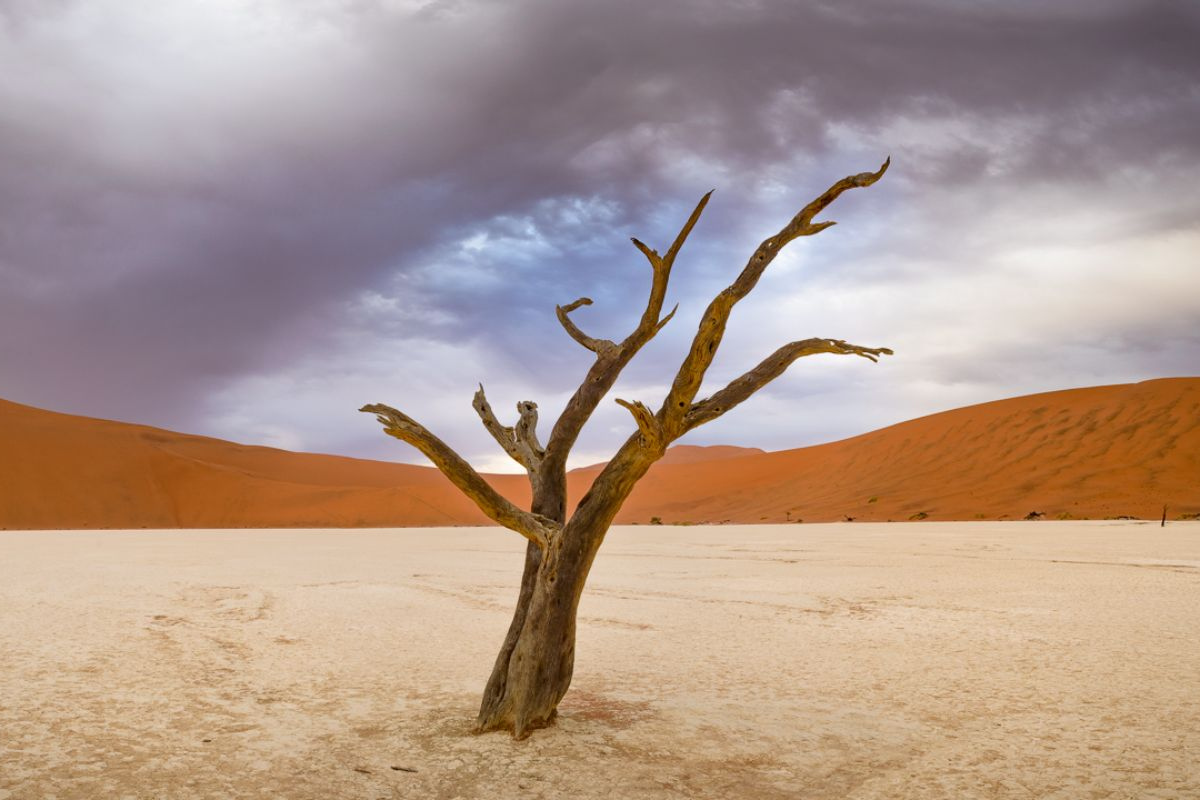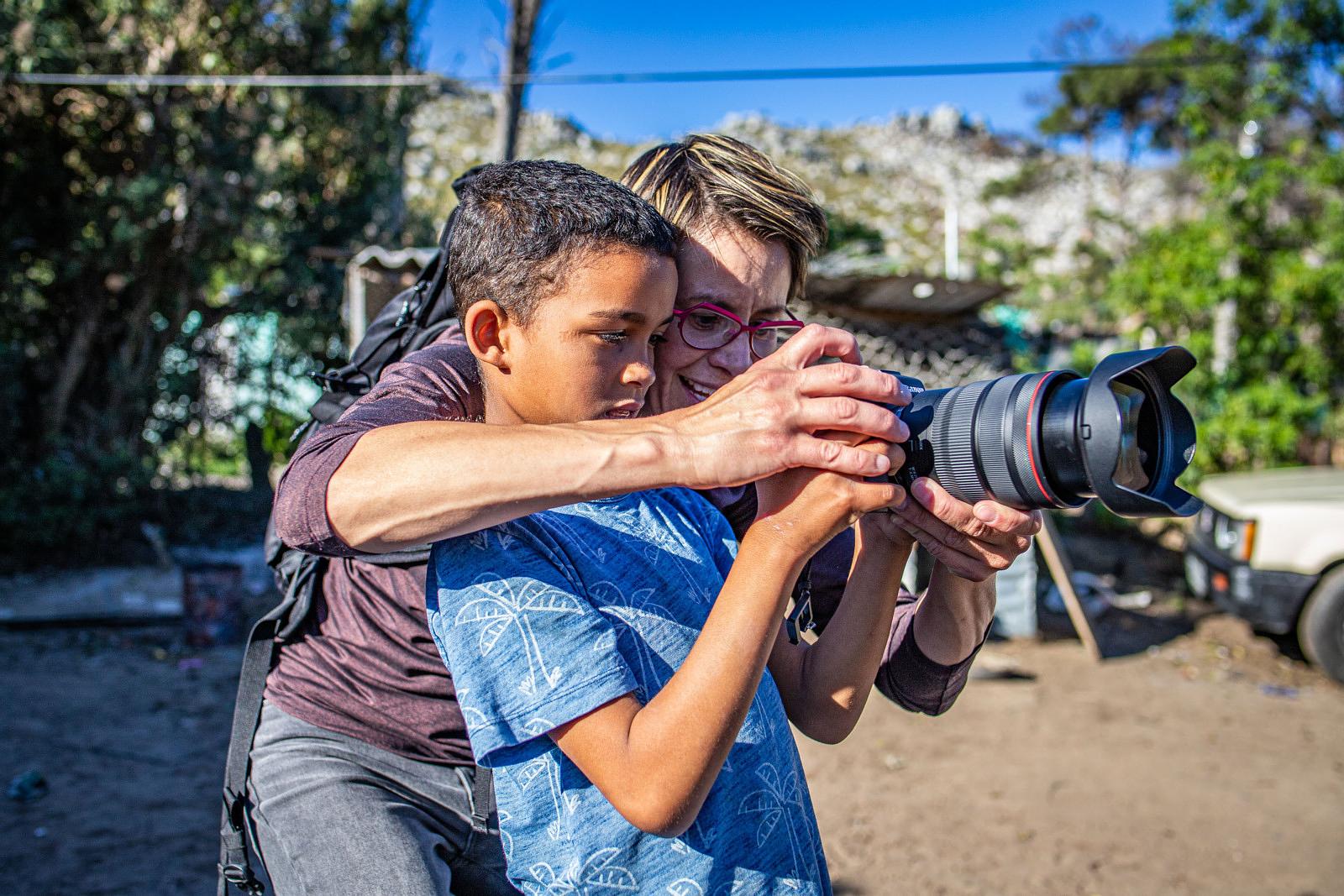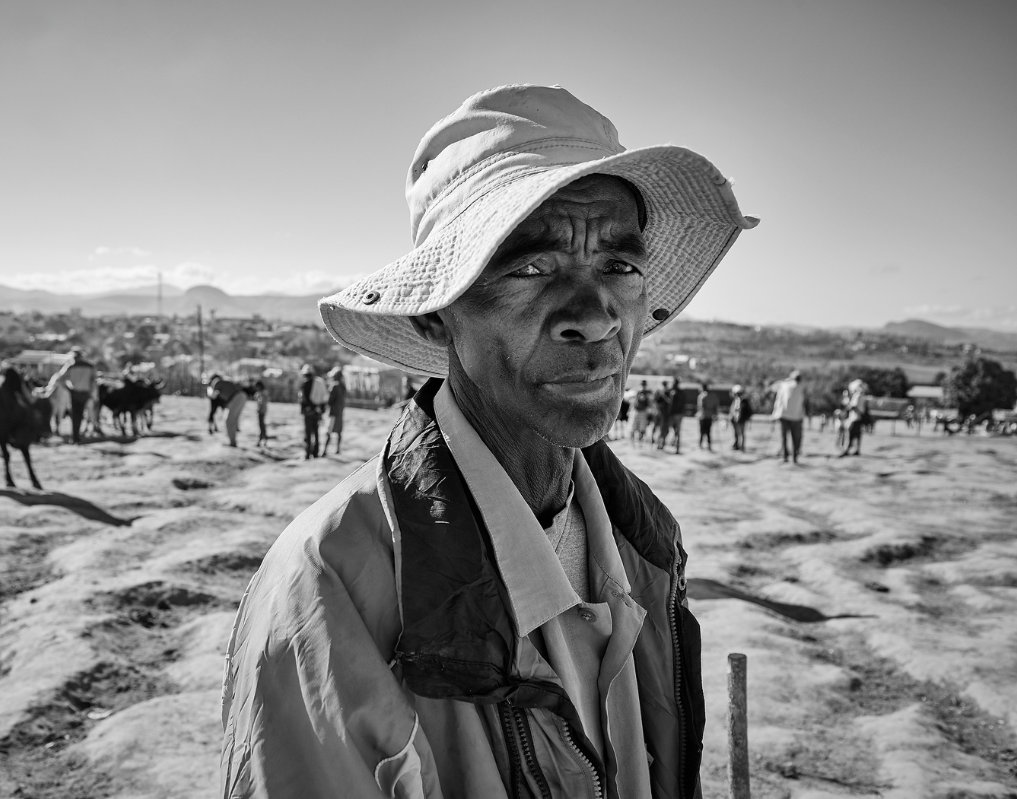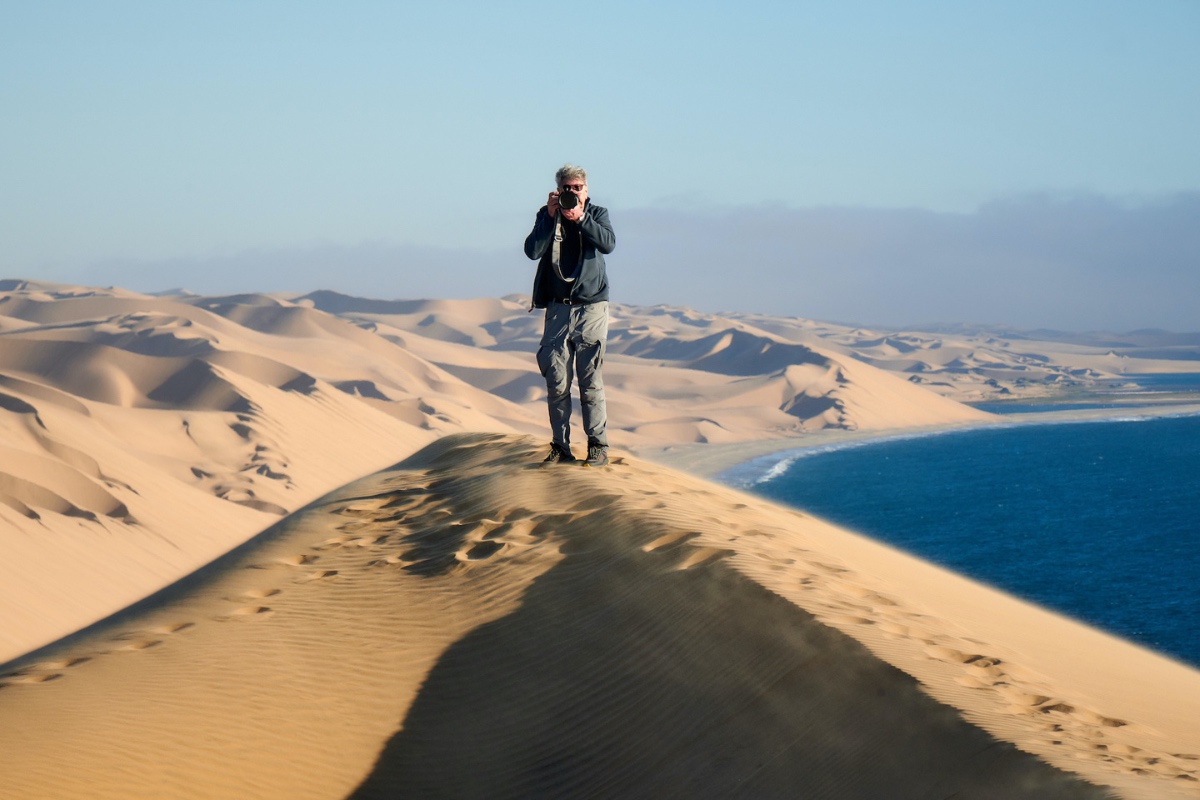The Context: A Brief History Of Kolmanskop
Kolmanskop emerged in 1908 when a railway worker named Zacharias Lewala found a diamond glinting in the desert. Within a year, this remote part of the Sperrgebiet (“forbidden zone”) became the heart of a diamond rush. German settlers built a town full of European-style villas, a ballroom, a hospital, even an ice factory—all dropped incongruously into the desert. By the 1950s, richer diamond fields further south led to Kolmanskop’s abandonment. Nature began its reclamation. Sand poured through doors and windows. The desert crept inside. This duality—constructed ambition versus inevitable erosion—makes Kolmanskop one of the most conceptually rich photographic subjects in Africa.
Timing Is Everything: Light Strategy
1. Shoot Early (and Pay for It). Standard access begins at 9 AM, but if you join a photo tour, you’re likely to get in before then. Ideally, you want to be there to catch that early morning light, which can transform the scene and greatly enhance the quality of your images.
- Morning Light (6–8 AM): East-facing windows glow. The long shadows on peeling paint add structural depth. Use sidelight to model shapes and tease out texture.
- Late Afternoon: Warmer, angled light streams from the west. The mood shifts—less clinical, more surreal. Perfect for color contrast work.
2. Use Natural Filters. Watch for fractured window glass to act as built-in filters. They introduce natural vignetting, soften edges, and fracture reflections in abstract ways.


